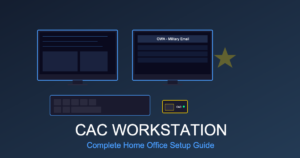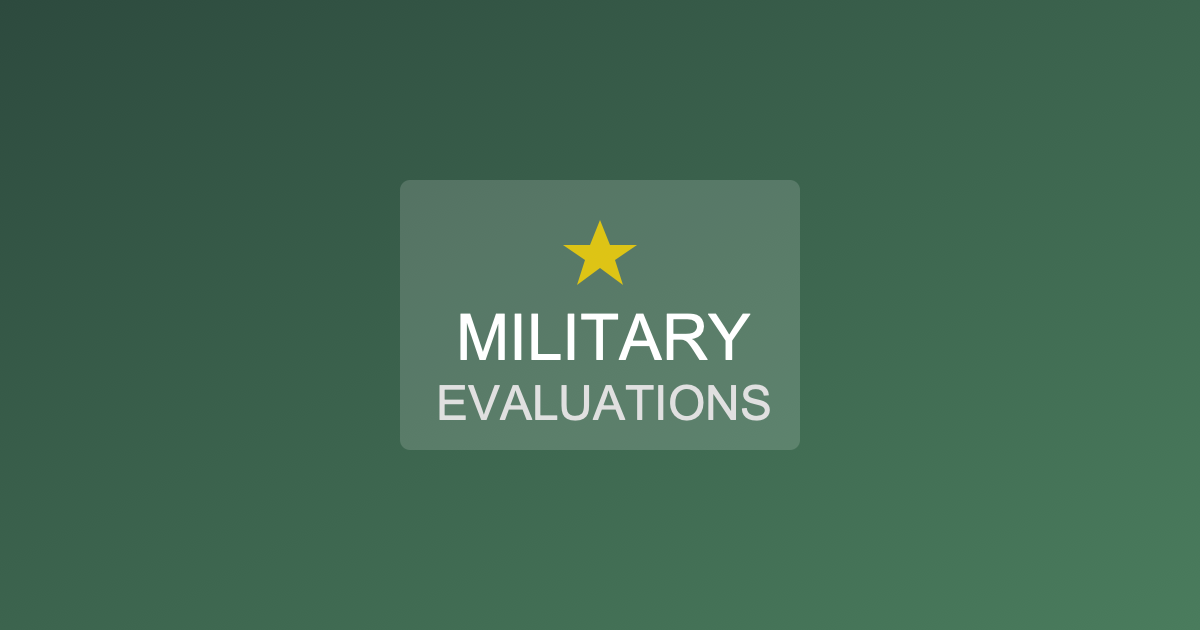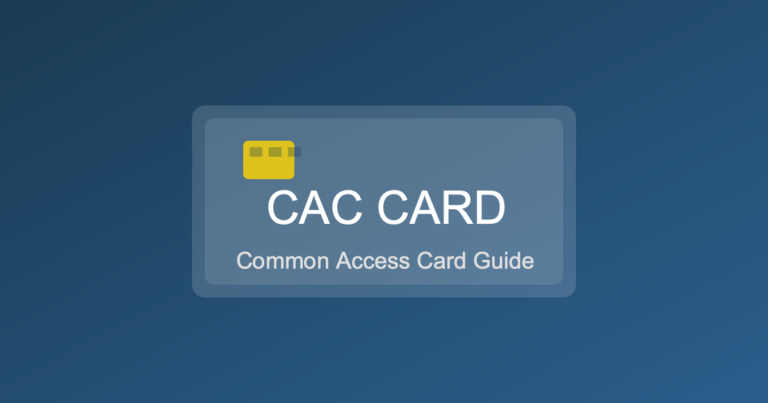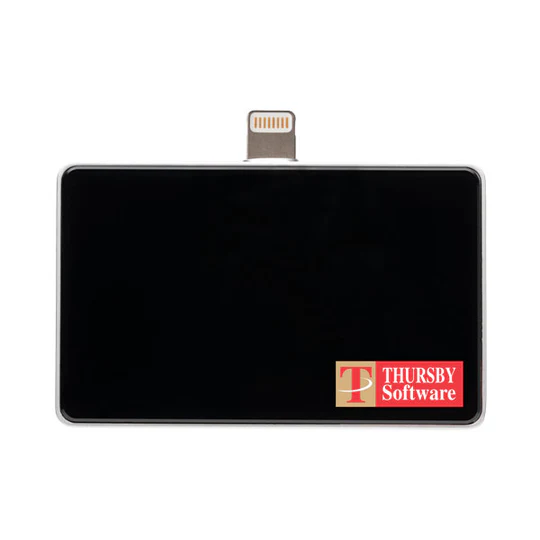If you are a military member, government employee, or contractor with access to sensitive information, you likely use a Common Access Card (CAC) for secure access to networks and systems. However, it is not uncommon to encounter situations where your CAC card gets locked due to multiple incorrect PIN entries. Unlocking your CAC card at home can be a crucial skill, especially if you need immediate access to your work and cannot reach a support center or IT department quickly. In this article, we will guide you through the steps to unlock your CAC card from the comfort of your home, ensuring you can regain access to your digital work environment efficiently and securely.
**Step 1: Gather Your Materials**
Before you start the unlocking process, ensure you have the necessary equipment. You will need a CAC reader connected to your computer and your CAC PIN. If you do not have a CAC reader, they are available at most electronics stores or online. Additionally, you will need to have the appropriate software installed on your computer, typically the latest version of the DoD certificates and the middleware necessary to interact with the CAC.
**Step 2: Install the Required Software**
For your computer to recognize and interact with the CAC, you must have the correct software installed. This includes card reader drivers, middleware like ActivClient, and the Department of Defense (DoD) certificates. Ensure that all software is up to date to avoid any compatibility issues. You can find the necessary downloads on the official MilitaryCAC website or through your branch’s specific IT support page.
**Step 3: Connect Your CAC Reader**
Plug your CAC reader into your computer’s USB port and insert your CAC card into the reader. Your computer should recognize the device and the card. If this is your first time using the reader on this computer, you might have to wait a few moments for the drivers to install automatically.
**Step 4: Access the PIN Unblock Tool**
Once your card is connected, open the middleware software you installed earlier. This software often includes a PIN unblock utility. Navigate through the software interface to find this tool. The exact location can vary depending on the software, but it is typically listed under ‘Tools’ or ‘Options’.
**Step 5: Verify Your Identity**
To unlock your CAC, you may need to verify your identity. This could involve answering security questions or using an alternative verification method like biometrics or a backup code. It is crucial to follow the specific procedures outlined by the middleware’s instructions, as the process can vary.
**Step 6: Reset Your PIN**
After your identity has been verified, the software will allow you to reset your PIN. Choose a new PIN that you will remember but that is also strong and secure. It is recommended to avoid simple sequences or commonly used numbers. Once you have selected your new PIN, enter it as prompted and confirm the change. The software should notify you once the PIN has been successfully reset.
**Step 7: Test Your New PIN**
Remove your CAC card from the reader and then reinsert it to refresh the connection. Try accessing a secure system or website that requires your CAC for authentication. If everything was set up correctly, you should now be able to use your new PIN to gain access.
**Step 8: Backup Your Settings**
Now that your CAC is unlocked and you have a new PIN, it’s a good idea to backup your settings. Some middleware applications offer a feature to backup your configuration settings to an external file. This is helpful in case you face similar issues in the future or if you need to set up a new workstation.
**Conclusion**
Unlocking your CAC card at home requires careful attention to detail and following specific steps to ensure security and functionality. By preparing the necessary tools and software, connecting your CAC reader properly, and carefully following the middleware’s instructions for unlocking and resetting your PIN, you can quickly regain access to your secure networks and continue your work with minimal disruption. Always remember to handle your CAC and related security elements with care to maintain the highest levels of security and operational readiness.









